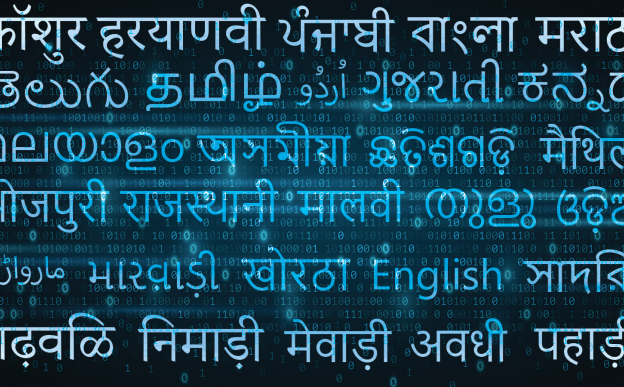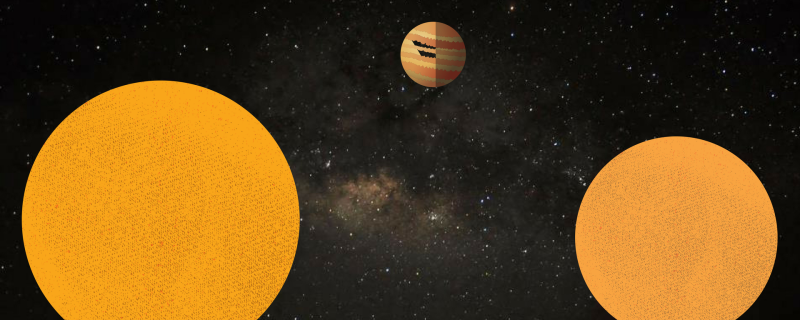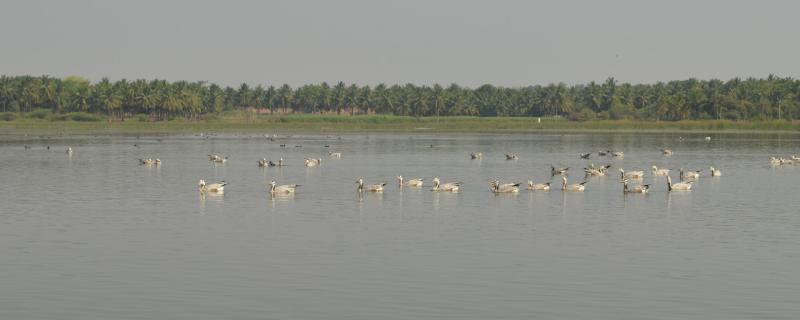A new study by researchers could be a breakthrough in our fight against tuberculosis that has a long history. The researchers have identified an enzyme in the bacteria that causes TB, inhibiting which could kill the bacteria effectively. A first of its kind study, the researchers hope this enzyme can be targeted to develop effective drugs against TB without any side effects.
ఐఐటీ బాంబే, ఐఐటీ మద్రాస్ మరియు ఐఐఐటి హైదరాబాద్ పరిశోధకులు కలిసి ఆంగ్లం నుండి అనేక భారతీయ భాషలకు స్పీచ్-టు-స్పీచ్ యాంత్రిక అనువాదం (SSMT) వ్యవస్థను రూపొందించారు.
ముంబై/





